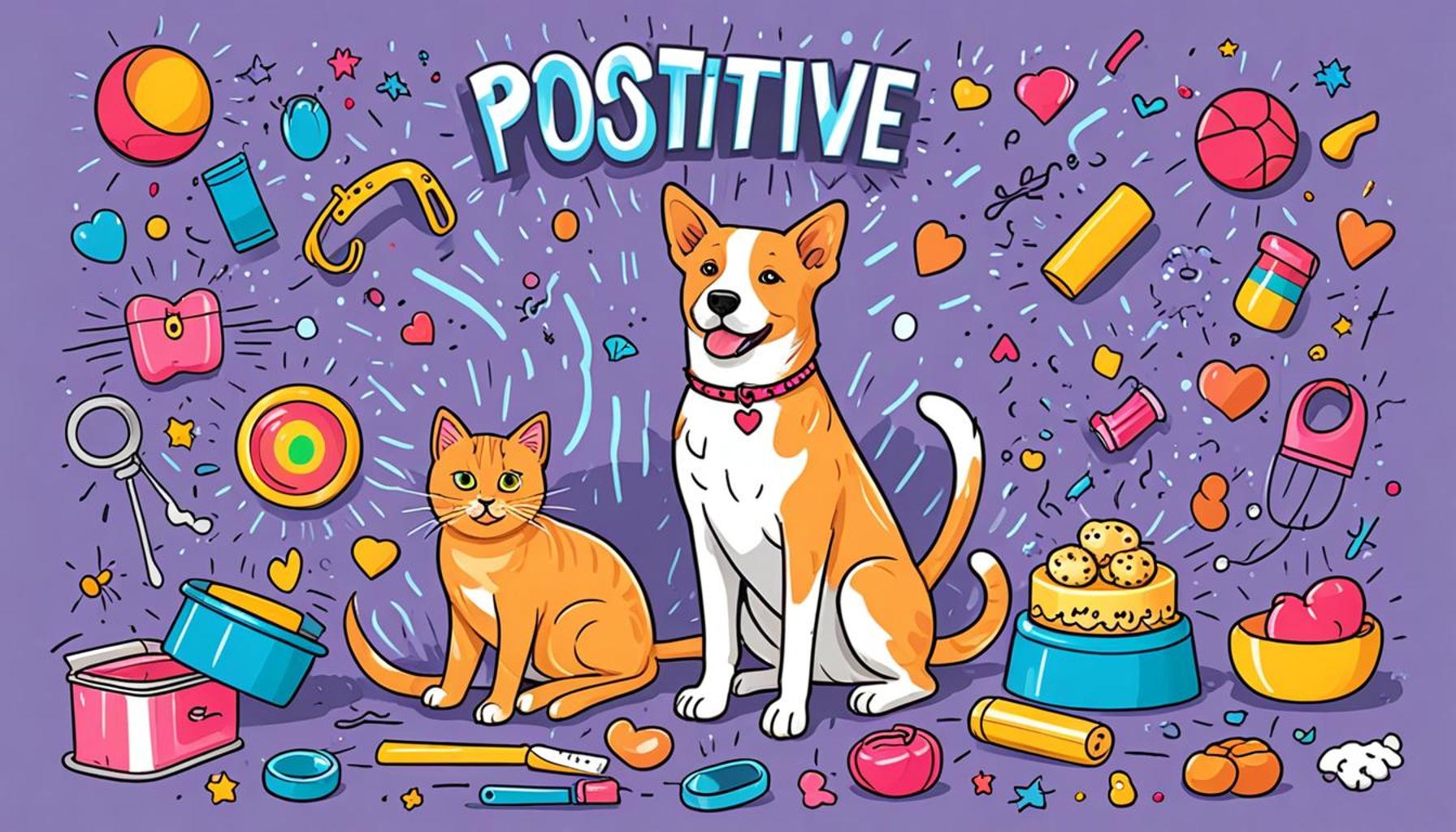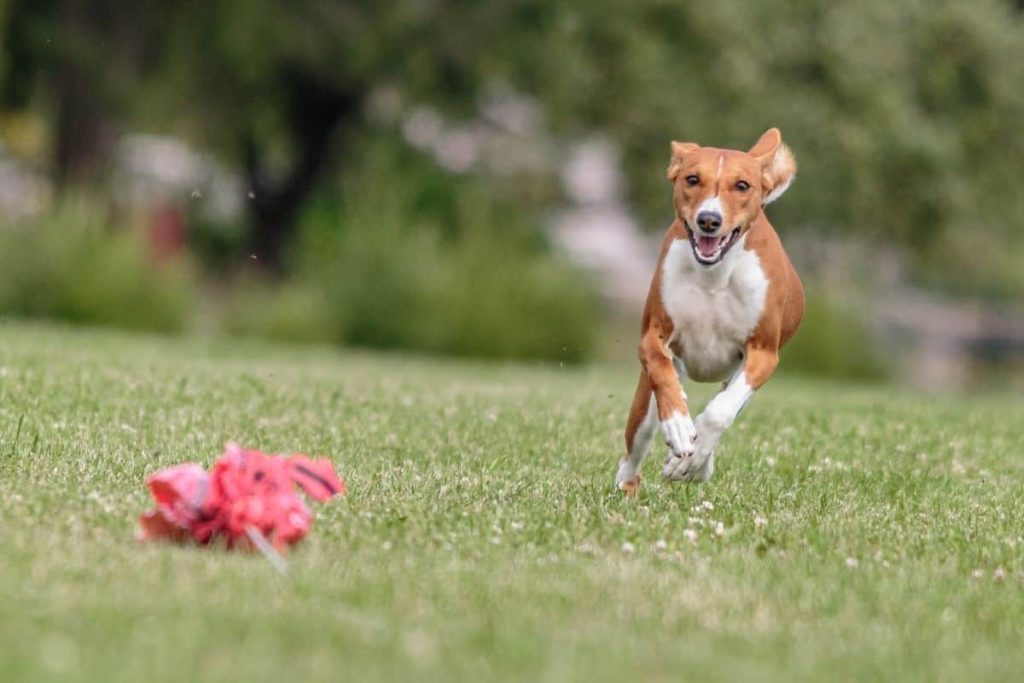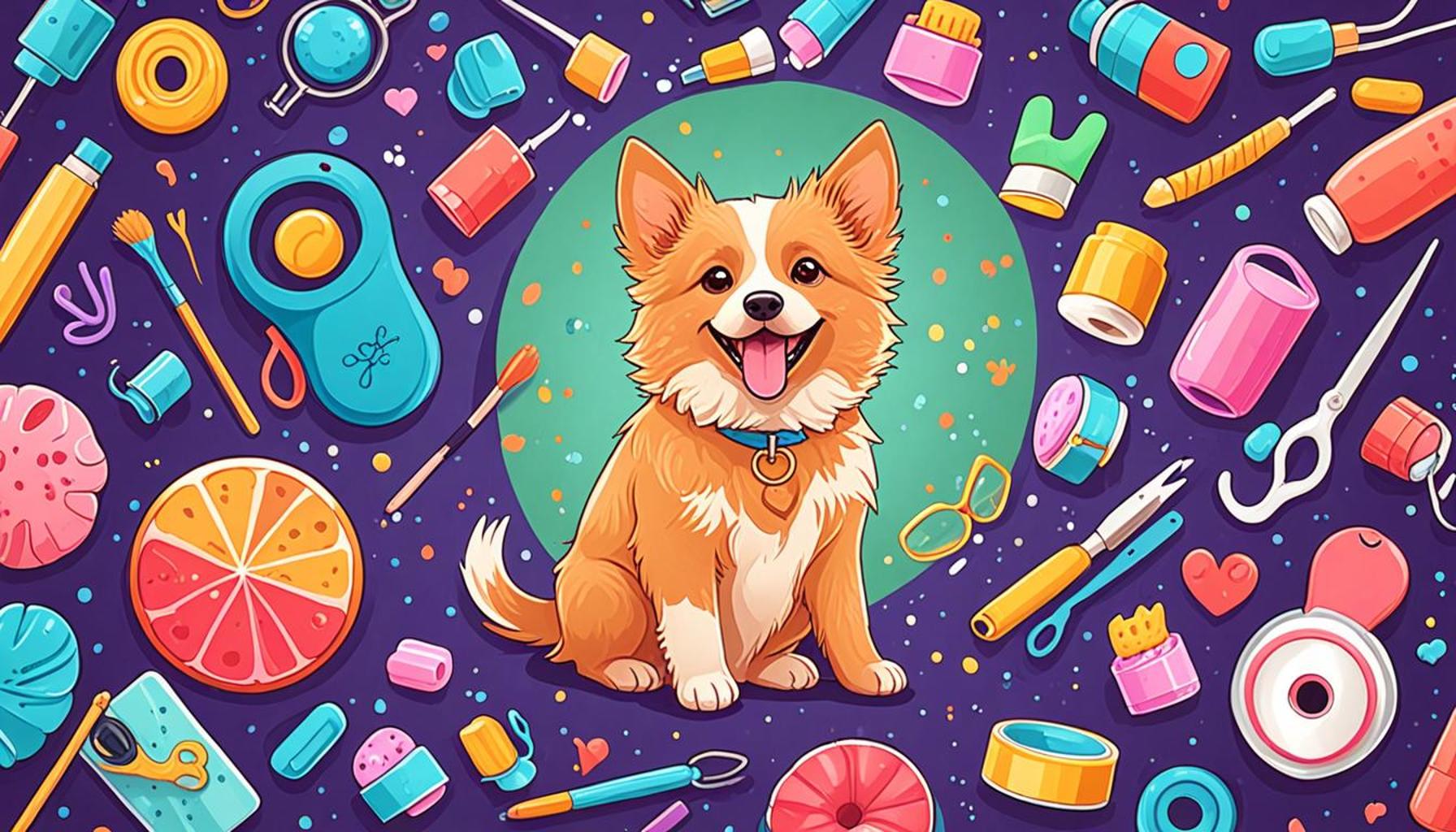Positive Training Tips for Dogs and Cats

Unlocking the Joy of Training
Understanding your pet’s behavior can often feel like a daunting task, but the path to a well-behaved companion begins with conscious and thoughtful training. For any proud dog owner or devoted cat parent, incorporating positive reinforcement techniques into your training strategy is essential. Not only does it help in fostering good behavior, but it also nurtures a harmonious relationship between you and your pet. This training method operates on the principle that rewarding desirable behaviors encourages pets to repeat those actions, thus enhancing their overall confidence and happiness.
Understanding Positive Reinforcement
At its core, positive reinforcement is a straightforward concept: it focuses on encouraging desirable behaviors through multiple forms of rewards. The following elements serve as fundamental components of this effective training method:
- Treats: Small, tasty rewards can significantly motivate your pet during training sessions. For dogs, treats might include small pieces of chicken or specially formulated dog treats, while cats may prefer crunchy morsels or even a bit of tuna. The key is to discover what excites your pet the most and use that as motivation.
- Affection: In many cases, praise and petting can be powerful motivators for your furry friends. Dogs often thrive on verbal affirmations like “Good boy!” or “Well done!” paired with a gentle scratch behind the ears. Cats, known for their independent nature, may respond positively to a soothing voice and gentle strokes, reinforcing their trust in you.
- Toys: Using a favorite toy as a reward can keep your pet engaged and excited. For instance, a tug toy may motivate a dog to follow commands, while a laser pointer or feather toy could entice a cat to engage in desired behaviors.
Implementing these techniques effectively is not only beneficial but also promotes a peaceful home environment. By employing kind and encouraging methods, you can curb unwanted behaviors like barking or scratching while simultaneously enhancing your pet’s overall well-being. This comprehensive approach allows pets to thrive mentally and emotionally, leading to a fulfilling relationship.
In the following sections, we will delve deeper into effective positive training tips tailored for both dogs and cats, providing insight into how to create a happier home for all members of the family. Investing time in understanding and practicing these strategies can yield immeasurable rewards, not just for your pets, but for your own peace of mind. As you embark on this journey of learning and growth, remember that patience and consistency are your best friends in training.
DISCOVER MORE: Click here to learn about balanced nutrition for your pets

Building a Strong Foundation for Training
When it comes to training, establishing a solid foundation is crucial for both dogs and cats. The right start not only promotes effective communication between you and your pet but also sets the tone for a lifelong learning journey. Integrating positive training tips early on will ensure a smoother transition into a well-behaved companion. Here are some essential strategies to consider as you embark on this rewarding path.
Setting Realistic Goals
Before diving into training, it’s important to set realistic goals. Understanding your pet’s age, breed, and personality can help you gauge what behaviors to target. For instance, a young puppy is typically more receptive to learning basic commands like “sit” or “stay,” while an older dog may have ingrained habits that require more patience and adjustment.
For cats, identifying behaviors you wish to encourage or discourage is key. Whether it’s helping your feline friend use the litter box consistently or teaching them to engage with interactive toys, pinpointing your objectives will guide your training sessions effectively.
Keeping Training Sessions Short and Fun
Attention spans in both dogs and cats can be fleeting. Thus, one of the most effective positive training tips is to keep training sessions brief and enjoyable. Ideally, aim for 5 to 10-minute sessions, especially with younger pets. Ending each session on a positive note—with a treat or playtime—will leave your pet eagerly anticipating future training. Consistency in training time, such as once or twice a day at the same times, also helps reinforce learning.
Creating a Training-Friendly Environment
The environment in which you train your pet is another factor that greatly influences the success of your training efforts. A quiet and distraction-free space will allow your dog or cat to focus fully on learning. Additionally, consider incorporating elements that naturally engage their instincts:
- For Dogs: Choose a spot that is free from noise and other distractions. Utilize their favorite toys during training to maintain interest and engagement.
- For Cats: A cozy corner with their preferred scratching post or enrichment toys can create an inviting atmosphere for training.
Incorporating elements of play can also transform the training experience. For dogs, mixing in games such as fetch or tug-of-war can reinforce commands, while for cats, interactive play can heighten their eagerness to follow your cues. Don’t underestimate the power of play; it builds strong bonds between you and your pet as well.
As you begin to delve deeper into managing training with positive reinforcement, remember that patience is paramount. Each pet is unique, and progress may take time. The rewards of committing to positive training methods yield not just a better-behaved animal but also a happy and fulfilling companionship for years to come.
Positive Training Techniques for Effective Learning
When it comes to training your pets, positive reinforcement methods have proven to be the most effective. This approach not only helps your furry friends learn new commands but also strengthens your bond with them. Encouragement and rewards play a pivotal role in making training sessions enjoyable. Here are a couple of key aspects to consider in positive training strategies:
| Training Method | Benefits |
|---|---|
| Clicker Training | Promotes clear communication through sound, allowing pets to associate actions with rewards. |
| Consistency | Reinforces learning by establishing a routine; pets thrive on predictability. |
Utilizing methods like clicker training enhances your ability to communicate with your pets effectively. The click sound signifies a positive action, which motivates dogs and cats to repeat desired behaviors. Another vital aspect is consistency. By maintaining a steady routine in commands and rewards, you help your pets feel secure, which in turn accelerates their learning process.Moreover, while training, it’s important to keep sessions short and fun, ensuring that your pet does not become overwhelmed. Incorporating playtime and breaks between training sessions can lead to better retention of skills and a happier learning environment for both you and your pet. The goal of these positive techniques is to create a trusting relationship where your pet not only listens to commands but also willingly engages during training. Exploring the multitude of methods available in positive reinforcement can lead you to insightful strategies that are tailored for both dogs and cats.
LEARN MORE: Click here to discover the benefits of balanced nutrition for your pet
Enhancing Training with Positive Reinforcement
Once you’ve established a strong foundation for training, the next step is to enhance your sessions using positive reinforcement. This method not only helps in shaping desired behaviors but also strengthens the bond between you and your pet. Understanding the nuances of positive reinforcement is essential for effective training, whether you’re teaching a dog to fetch a ball or encouraging your cat to use a scratching post instead of the couch.
Utilizing Treats Effectively
One of the most recognized forms of positive reinforcement is using treats. It’s vital to select the right morsels that not only entice your pet but are also healthy. For dogs, consider small, soft, and easily digestible treats, such as pieces of cooked chicken or store-bought rewards that are low in calories. For cats, treats might include freeze-dried meat or fish flakes that align with their natural predatory instincts. It’s important to remember to limit treat quantities to prevent overfeeding; a few tiny pieces are often sufficient to reinforce good behavior.
Timing is Everything
Another critical aspect of positive reinforcement is the exact timing of the reward. Rewards should be given immediately after the desired behavior occurs, so your pet can connect the action with the reward. For example, when your dog sits on command, provide the treat and verbal praise right away. With cats, if they use their scratching post correctly, reward them instantly to establish the correlation. This immediate reinforcement taps into their cognitive ability to associate actions with consequences, further enhancing learning effectiveness.
Incorporating Verbal Praise and Clicker Training
While treats are effective, they shouldn’t be the only tool in your training arsenal. Verbal praise is a powerful motivator for both dogs and cats. Tailoring your tone to be enthusiastic and cheerful when your pet performs correctly reinforces their positive actions through emotional feedback. Pairing verbal praise with physical affection, such as petting or gentle scruffing, can deepen your connection while enhancing the training experience.
Clicker training is another innovative technique that employs a similar principle. A small device produces a clicking sound when pressed, which can be immediately followed by a treat or praise. This marked sound signals to your pet that they have performed the desired action, making it easier for them to learn complex tasks. It’s particularly effective for clicker-savvy cats, who may not respond as eagerly to verbal cues alone.
Understanding Behavior Recovery
It’s imperative to recognize that training is not a linear process; challenges will arise along the way. If your pet displays behavioral regression or becomes disinterested in training, refrain from using negative responses. Instead, revisit previous commands and reinforce them without any pressure. During these times, patience becomes key, as forcing a pet can lead to anxiety and further resistance.
Engaging in Cooperative Training Activities
Involving your pet in training as a team endeavor fosters a sense of cooperation. Activities such as agility classes for dogs or clicker-targeting games for cats can transform training from a chore into an engaging practice. Moreover, these experiences often serve as socialization opportunities, encouraging your pet to behave well around other animals and people.
By embracing these positive training tips, you will effectively shape your pet’s behavior while nurturing a deeper, lasting connection. Each pet’s journey is unique, and as you navigate through successes and setbacks alike, their trust in you will grow, leading to a more harmonious living environment for everyone involved.
LEARN MORE: Click here for insights on how stress affects your pets
Conclusion: Building Bonds Through Positive Training
In the ever-rewarding journey of pet ownership, utilizing positive training tips for dogs and cats can significantly enhance not just behavior, but the bond you share with your furry companions. As you explore the world of positive reinforcement, remember that the essence lies in patience, consistency, and a clear understanding of your pet’s unique personality. Each pet responds differently to various methods, so be willing to adapt your approach to meet their specific needs and preferences.
The combination of using treats, verbal praise, and playful engagement in training sessions fosters a joyful environment. This not only motivates your pet to learn but also strengthens the trust that forms the foundation of your relationship. Engaging activities such as agility classes or clicker training are excellent ways to elevate the training experience, making it enjoyable for both you and your pet while enhancing socialization skills.
Ultimately, the key takeaway from these techniques is the profound impact they have on the emotional wellbeing of your pets. Building a nurturing atmosphere allows for growth and recovery in challenging times, and establishes a more harmonious household. As you embrace these strategies, consider your pet’s reactions and remain open to new insights. With dedication and love, you can cultivate a lasting connection that will never go out of style in the world of pet companionship.


